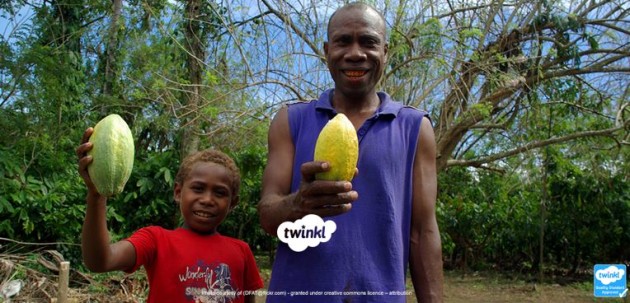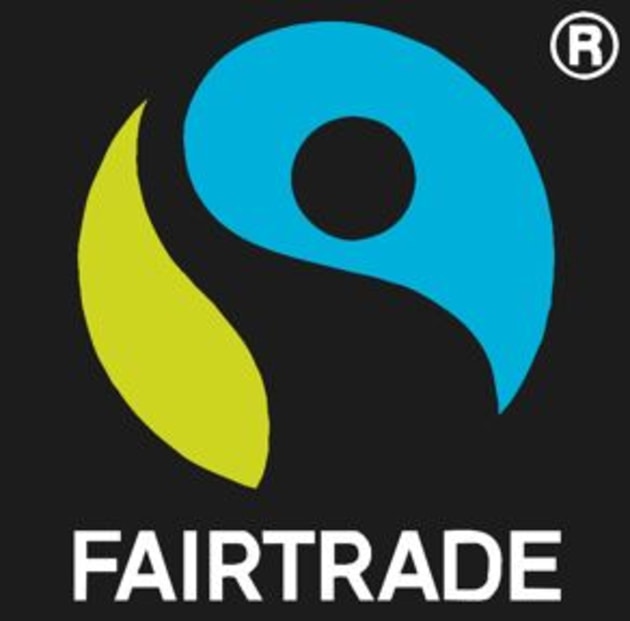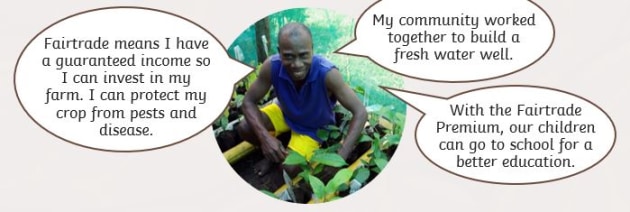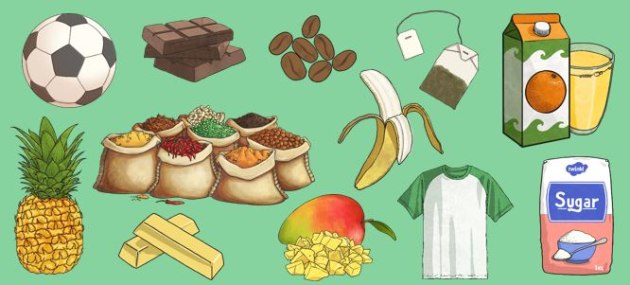

Fair Trade is a process used by organizations around the world to make sure that they buy and sell farm goods that have been produced from farms that pay a fair price to their farmers and for their materials. The primary focus is on producers in developing countries, where there is a higher likelihood of underpayment. The goal of the fair trade movement is to ensure that all products from farming are paid for fairly.
The price of farmed goods is deemed as ‘fair’ by the Fair Trade movement when it allows the farmers and producers to enjoy a decent quality of life. The World Fair Trade Organization writes:
“Fair Trade is a tangible contribution to the fight against poverty, climate change and global economic crises.”
Usually, children will learn about ‘what is Fair Trade’ at KS2, although younger children will often take part in school events and charity initiatives such as food drives and awareness campaigns that schools hold for the Fair Trade movement. If you are introducing your class to Fair Trade, have a look at this Fair Trade Activity Pack to get them started. Also, make sure to read on through our teaching wiki for a pile of information about Fair Trade and some of the most well-known organizations within the movement.
Take a look at this informational video for help explaining what Fair Trade is at KS2:
The Fair Trade movement developed as a ‘grassroots movement’, which means it involved many people and was not the invention of a single person. In the early days of Fair Trade, several principles were collected to ensure that the movement was on track and focused, these core principles are:
Businesses in developed countries must take into account their social and ethical responsibilities when dealing with small producers, as well as commercial goals.

The Fair Trade movement was founded by Edna Ruth Byler in 1946.
One of the earliest supporters of a Fair Trade movement was Edna Ruth Byler, an American businesswoman, in 1946. She was visiting Puerto Rico on holiday and saw the local women selling needlework on market stalls and on the streets. She discovered that despite the beautiful work, they struggled to support their families.
To help, Byler bought as many of the items as she could and took them back home to Pennsylvania. She then sold the pieces to neighbours and friends, telling each of them the stories of the women that had made them.
In time, Edna Byler’s work grew, and she formed the first non-profit organization built on the principles of Fair Trade - Ten Thousand Villages.
In Britain, around the same time that Byler was building up her non-profit organization, Oxfam had started to work with Chinese refugees across Britain to promote Fair Trade and sell their products and crafts in its shops. This work expanded, and many more organizations soon joined in the movement. Oxfam has now been raising awareness of the Fair Trade principles for half a century.
Today, half of all money taken by Fair Trade organizations in the Northern Hemisphere comes from coffee sales. It is thought that hundreds of thousands of farmers across the world have benefitted from the initiative.
Currently, there are well over a million independent producers and farmers that work with non-profit organizations to sell their products at fair prices around the world.
The non-profit organizations allow these independent producers to access partnerships with businesses in the developed world. Even small-scale operations are able to access the global marketplace, allowing them to trade more readily and improve their lives.
Often, the packaging for Fair Trade supported products will include personal stories from the people who made those products. Campaigns such as this have played an important role in connecting with consumers on a personal level.
A diverse range of products including coffee, chocolate, tea, sugar, rugs, baskets, birdhouses, rugs, and diaries are sold in thousands of Fair Trade affiliated shops and online outlets.
To take a closer look at Fairtrade in action, then take a look at this Case Study of a Fairtrade Cocoa Farmer.
We also have this Differentiated Fairtrade Fact File which caters to all abilities. Why not try a selection of these Fairtrade resources this Fairtrade Fortnight? This event is the perfect opportunity to teach kids all about what it is and why it's significant!

There is a difference between Fair Trade and Fairtrade.
Fair Trade is the umbrella term given to the concept of mutually beneficial trading arrangements between developed and undeveloped nations.
Fairtrade is an independent non-profit organization (one of many around the world) that works to improve the lives of workers in poorer countries by raising awareness and building ethical trade links.

Through learning about Fair Trade, KS2 children will develop their understanding of how Fair Trade helps farmers, and therefore why it's significant. Fairtrade helps farmers, miners and workers around the world in lots of different ways. These can be summarized under 3 different headings:
There are some people that question the extent to which Fairtrade helps farmers, and not everyone agrees that the work Fairtrade does is wholly positive.
Phillip Booth from the Institute of Economic Affairs believes Fairtrade makes false claims about its investment in social projects.
Rather than re-investing the money it generates from consumers, he argues:
"... only about 50 percent... is available to spend on social projects, and others have suggested a figure much closer to zero. No clear evidence has been produced to suggest that farmers themselves actually receive higher prices under Fairtrade."
In response, Fairtrade maintains that its mission is to combat the "injustices of conventional trade" and sees their work as "a step in the right direction" rather than an instant solution to global poverty.

 Home
Home  Membership
Membership  Customer Support
Customer Support  Create
Create  Blog
Blog 




















